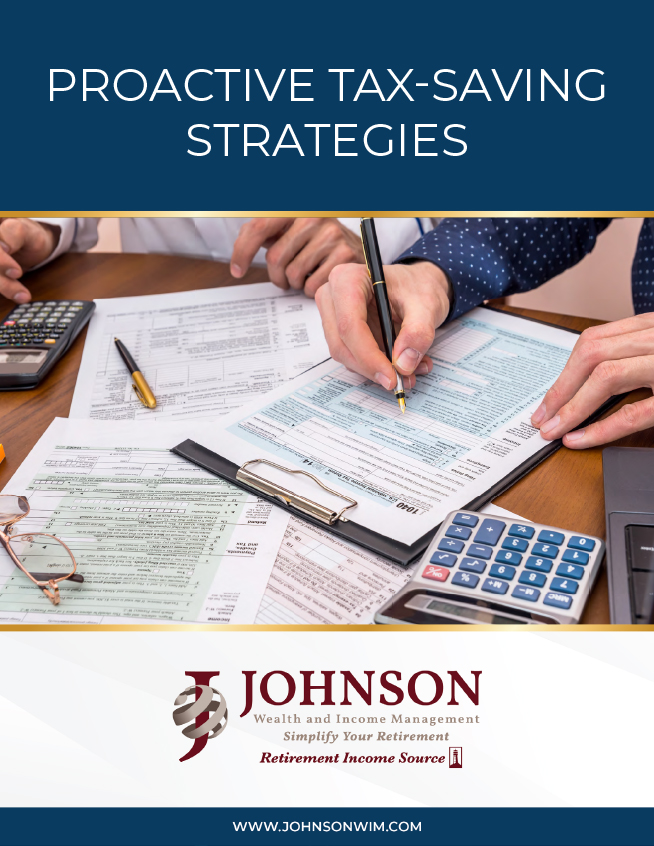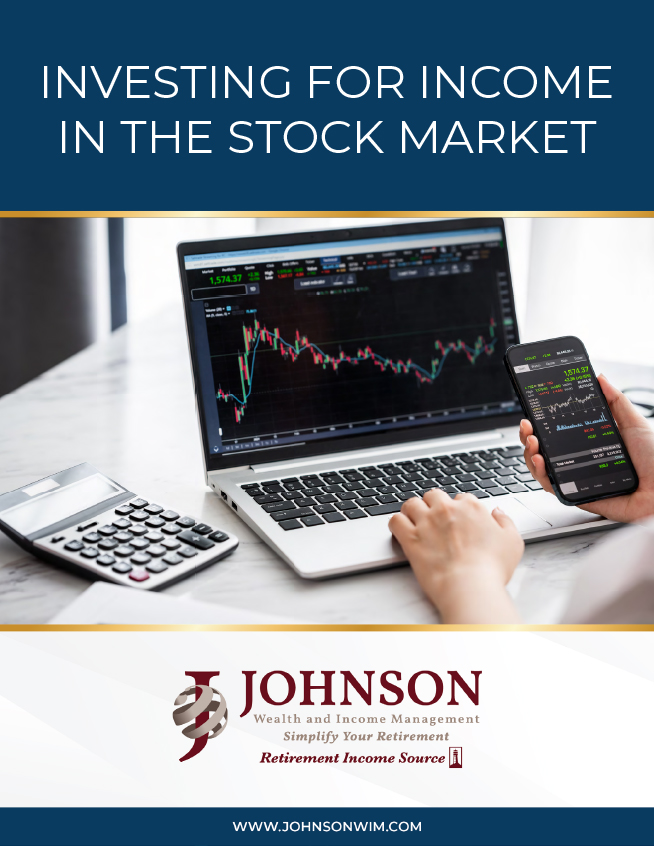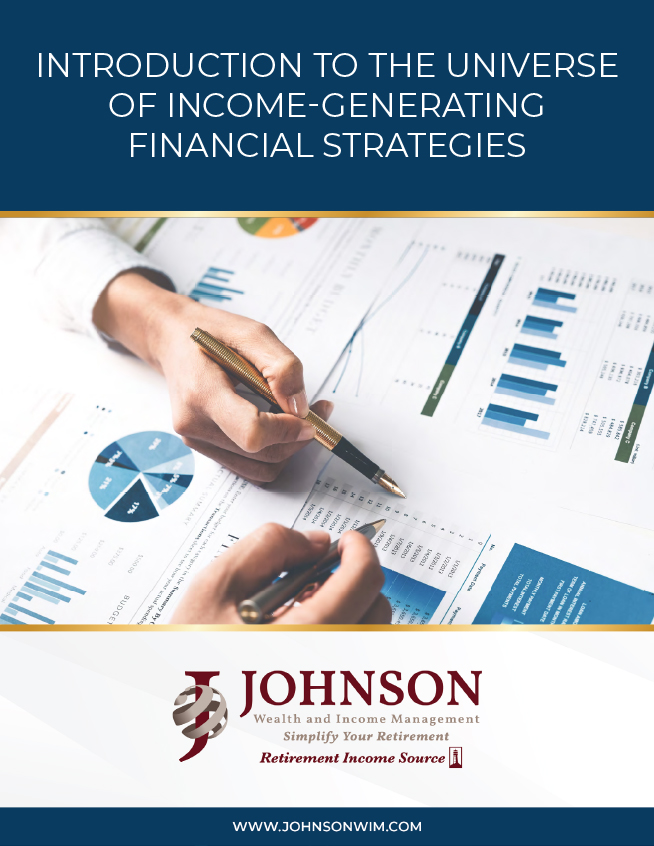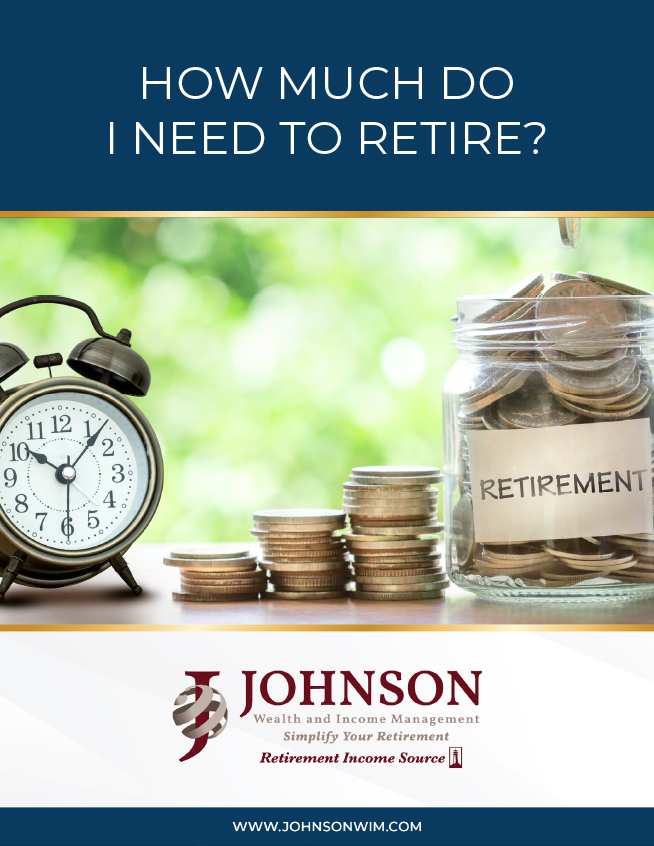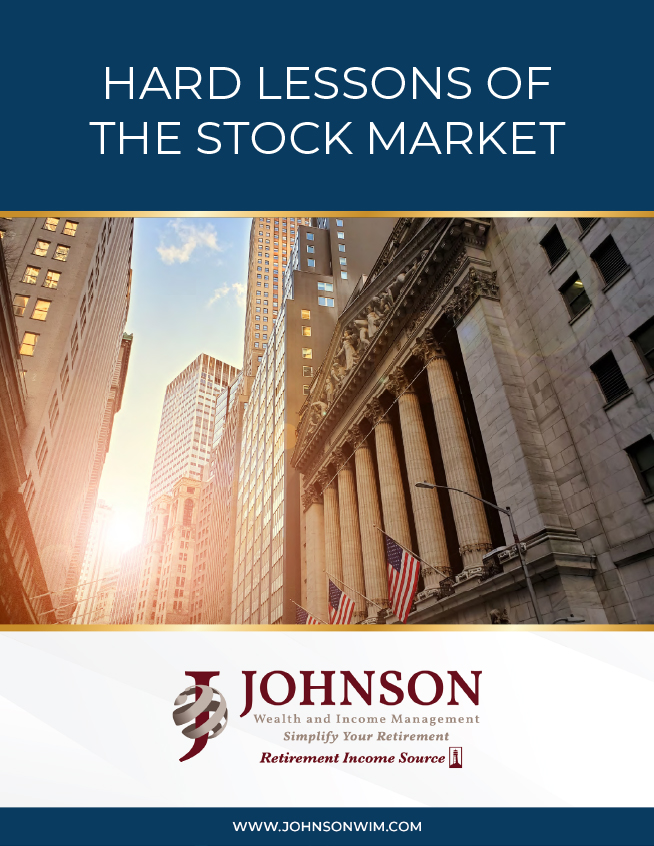Secure Act 2.0
The $1.7 trillion budget bill signed by President Biden on Dec. 29, 2022, included the bipartisan SECURE Act 2.0. The legislation expands on many of the provisions in the original SECURE Act, which was signed into law in 2019. SECURE is an acronym for Setting Every Community Up for Retirement Enhancement, and the combined goal of both pieces of legislation is to remove obstacles and create incentives to help more Americans do a better job of saving for retirement.
In this report, we’ll highlight some of the more than 100 provisions in the SECURE Act 2.0 that could impact your retirement savings and/or savings strategy immediately or in the coming years.
Later Start for RMDs
Like the original bill, the SECURE Act 2.0 further raises the starting age for taking Required Minimum Distributions, which are mandatory withdrawals the IRS makes you take from your retirement accounts starting at a certain age. For years that age was 70½. The first SECURE Act raised it to 72 — and starting in 2023 the age is now 73. That means if you turned 72 in 2022 or before you need to keep taking RMDs as usual. But if you turn 72 in 2023, you can choose to wait until next year before taking your first RMD. The RMD starting age will continue getting higher until it reaches 75 in 2033.
Raising the age is a recognition of the fact that people are living longer and often retiring later. It gives you more time to grow your nest egg tax free. That’s great news, but it doesn’t change the fact that having the right strategy to help satisfy your RMDs will continue to be one of the most important steps in your retirement plan!
Lower RMD Penalties
Another change relating to RMDs is that the penalty for failing to satisfy your distribution in any given year will drop from the current 50% to 25%. The fine drops even further, to 10%, if you miss or underpay a distribution but correct your mistake “in a timely manner.”



